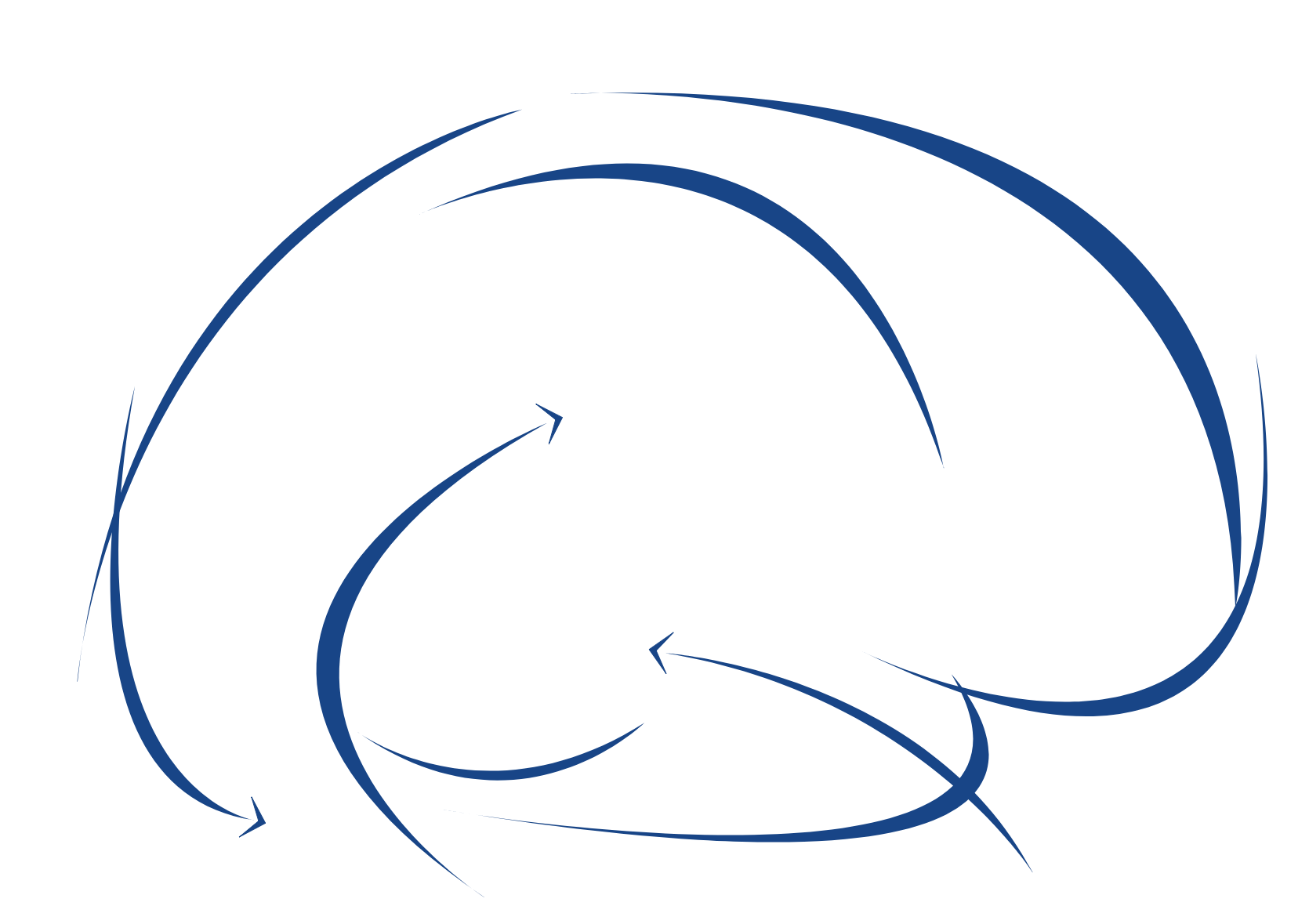José Boucraut |
INT Institut de Neurosciences de la Timone. UMR CNRS 7289
Aix-Marseille Université - Faculté de Médecine de la Timone
Laboratoire d'Immunologie - AP-HM
Hôpital de la Conception - 147 Bd Baille - 13385 Marseille Cedex 05
Title :
Cerebrospinal fluid and meningeal immunity: interfaces between the immune system and the nervous system.
Abstract:
The aim of my presentation is to illustrate some neuroimmunological scientific contributions in both clinical research and experimental research which could be investigated in epilepsia field.
The nervous system was considered an immunological sanctuary. The blood-brain barrier (BBB, also known as the neurovascular unit) represents an obstacle to the passage of cellular or soluble effectors as well as therapeutic agents into the brain parenchyma. This barrier is altered in pathological conditions such as Multiple Sclerosis, ALS, cerebral ischemia, and epileptic seizures. The induced neuroinflammation processes participate to lesions as well as tissue repair.
Recent data illustrate physiological bi-directional neuro-immune interactions between the nervous system and the immune nervous system at the blood-meningeal barrier. CSF, which is produced at the level of the choroid plexus and circulate towards the arachnoid space, drains molecules from the cerebral interstitial fluid into the bloodstream, notably via recently identified lymphatic drainage routes. Thus, CSF is a window on the nervous tissue. Clinicians routinely explore CSF for the diagnosis of nervous system pathologies. Work is in progress to identify new diagnostic or predictive biomarkers. I will illustrate some recent examples of the team in this field. CSF analysis can also be useful for understanding the pathophysiology of CNS diseases.
Conversely, selected immune cells are recruited in the CSF and patrol the CNS. We demonstrated in vitro a paracellular route through the epithelial barrier of the choroid plexus. Lastly, the brain is enveloped by protective and nutritive membranes called the meninges, which include stromal cells important for neurodevelopment. They are populated by several types of resident immune cells (barrier macrophages, mast cells, dendritic cells, lymphocytes and innate lymphoid cells) that are mostly absent from the cerebral parenchyma. These populations act on social and cognitive behavior in adulthood.
We recently questioned the role of myeloid cells in adult neurogenesis. They indeed release factors involved in neurogenesis processes such as IGF1. To answer this question, we used the sport paradigm that positively modulates adult neuronal proliferation. Pharmacological depletion of meningeal macrophages inhibits the increase of neural cell proliferation induced by exercise. However, macrophage IGF1 is not responsible of the observation.
Finally, we started characterization of the meningeal immune system at early stage of development using flow cytometry and immunohistochemistry. Meningeal macrophages are abundant at post-natal period. Interestingly, meninges and meningeal CD46high positive macrophages are in close contact to neurogenesis site. Using either blocking antibodies, Cre-mediated recombination or AAV technology during development, we could explore if the modification of perinatal meningeal immunity influences the susceptibility to nervous system pathologies in adulthood.
